Kitamae-bune (Sadokoku Ogi MInzoku Museum)
After rowing a Tarai boat and watching the triangle house of Shukunegi in Sado Island, let’s go to “Sadokoku Ogi Minzoku Muzeum” where exhibits “Sengokubune” a large junk with loading capacity for 1,000 koku and has nostalgic atmosphere!
* ”Koku” is a traditional Japanese unit of volume. 1 koku is about 278.3 liters.
A small village located the southern tip of Sado Island in Niigata Prefecture, Shukunegi is called as “The village of Sengokubune”. From the Middle Ages, a lot of people work for shipping and shipbuilding industries lived at there. From Edo period to Meiji era, it became a port of call of Kitamae-bune and flourished as a base of shipping and shipbuilding industries.
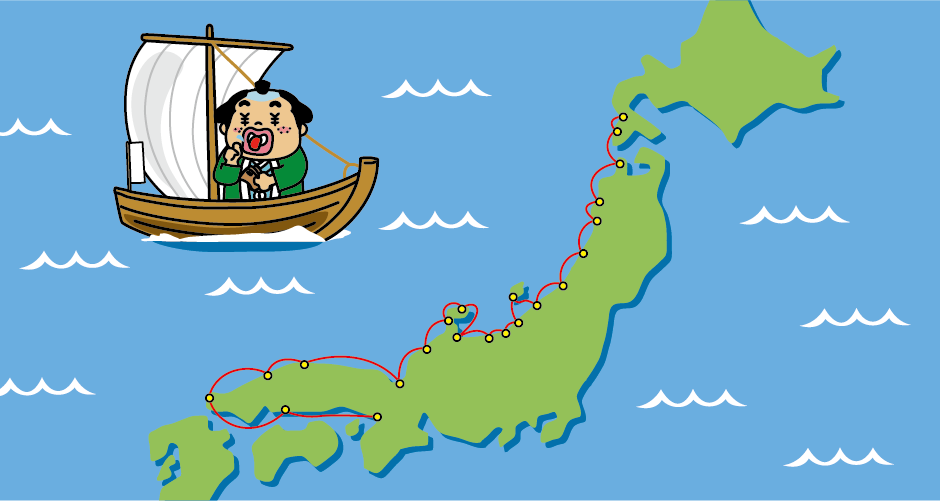
Kitamae-bune is a merchant ship that goes and crosses a route connecting Hokkaido from the Sea of Japan, via Shimonoseki and connected to the Seto Island Sea and Osaka. Because of its shape of the ship, it was called “Bezai ship” (a sailboat in Japanese style) and also commonly called as “Sengokubune”
The business style of Bezai ship is different from the ordinal ship which get transportation fare and carry baggage. The ship owners themselves purchase products and get profits while buying and selling items at each port. They purchased rice, salts, sake, old clothes, daily necessaries and so on from Osaka. On the way to Hokkaido, they buy and sell those goods and transport them to Hokkaido. They purchase seafood such as herrings, salmons, seaweeds at there. Again, on the way back to Osaka, they buy and sell those goods and make profit.

The role of Kitamae-bune in Sado is to supply goods to cities of Sado gold mine and especially supplying rice is the biggest purpose. At that time, the population of Sado Island exceeded 10 thousand people. Until the middle of 18th century, in order to avoid outflow of gold away from an island, it was banned to carry products of Sado out. However, after removal of the ban, people started to export products made by straws and bamboo to Hokkaido where was not able to crop the rice at that time.
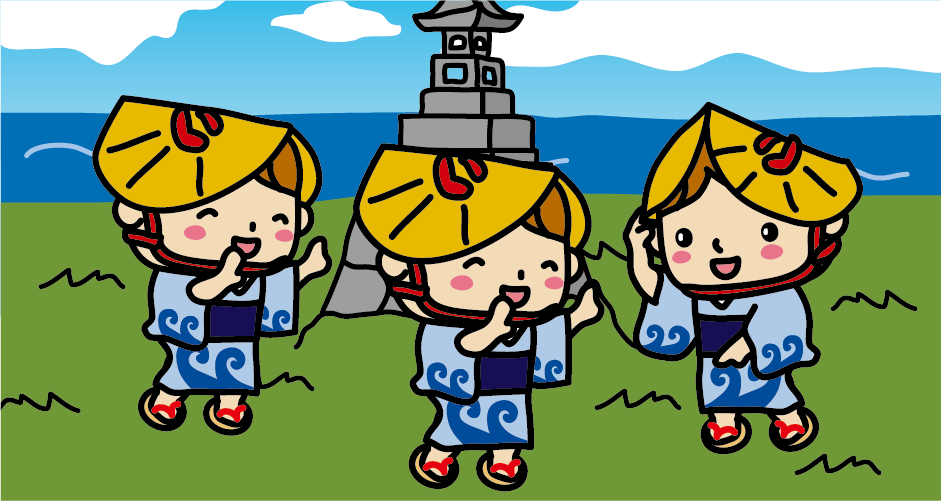
Also, Kitamae-bune brought various cultures to Sado Island. For example, “Hanya Bushi (a folksong of Hanya)” originating in Kyushu became “Sado Okesa (a folksong of Sado)” after arriving to Sado. What’s more, Niigata Prefecture where is Sado Island located, belongs to East Japan region, however, languages and food cultures influenced a lot by West Japan.
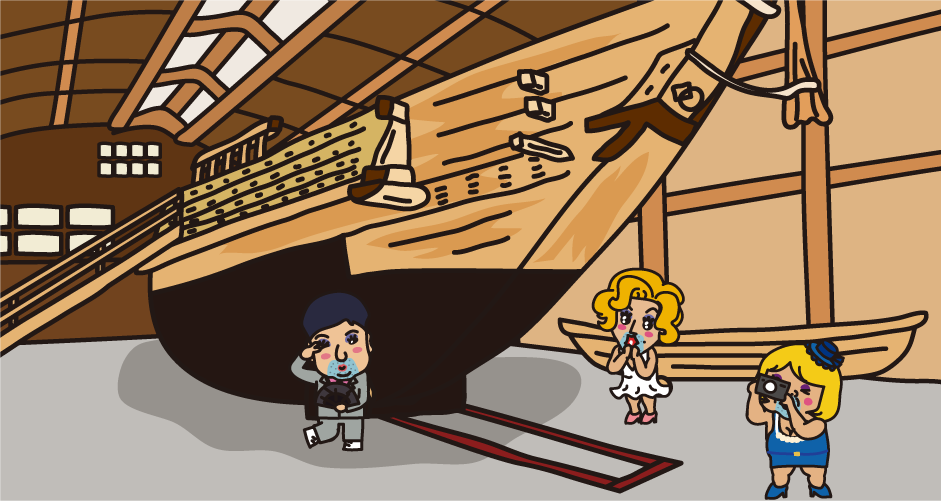
At Sadokoku Ogi Minzoku Muzeum in Shukunegi, Sengokubune “Hakusan Maru” is exhibited. “Hakusan Maru” is restored closely based on the design drawing of a Sengokubune made in 1859 in Shukunegi. You can also go inside of the ship. The total length is 23.75m, the total width is 7.24m, the sail is 21rolls (268㎡), and the loading capacity of koku is 512 (about 77 t).
In particular, the loading capacity of Hakusan Maru is not 1,000 koku (Sengoku, 150t), 500 koku (75t). However, as the size of Bezai ship get bigger in the late Edo period, speaking of Kitamae-bune, it began to called as “Sengokubune”, regardless of its loading capacity.
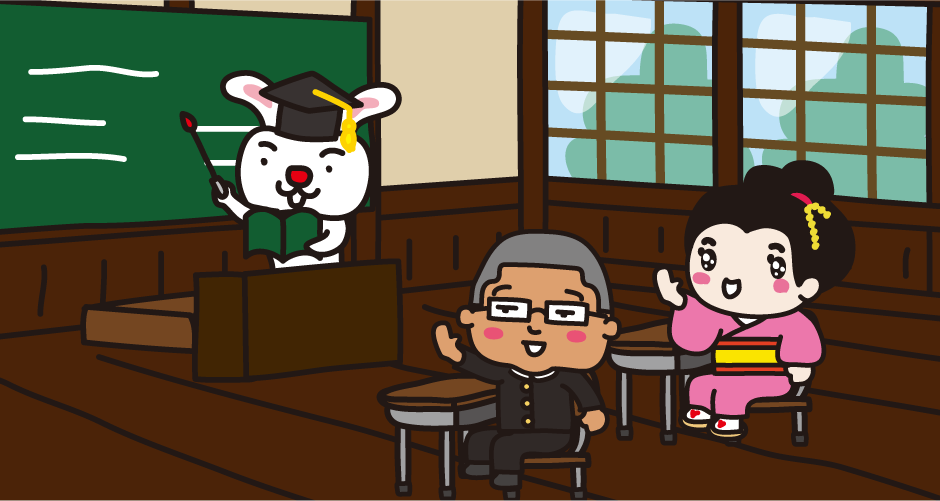
Sadokoku Ogi Minzoku Muzeum is a museum that used the wooden school building of old Shukunegi elementary school built in Taisho era, 1916. You can feel a nostalgic feeling at there and third-grade classroom is left as it was the time of closing of school. In addition to the exhibition of a full-scale of Sengokubune “Hakusan Maru”, more than 30,000 of folklore materials such as fishing gears and farming tools brought by the residents of Ogi district are exhibited. Among them, 1,293 goods of “Fishing gears of South Sado” and 1,034 goods of “ship carpenter’s tools” are designated as National significant tangible folk cultural asset.
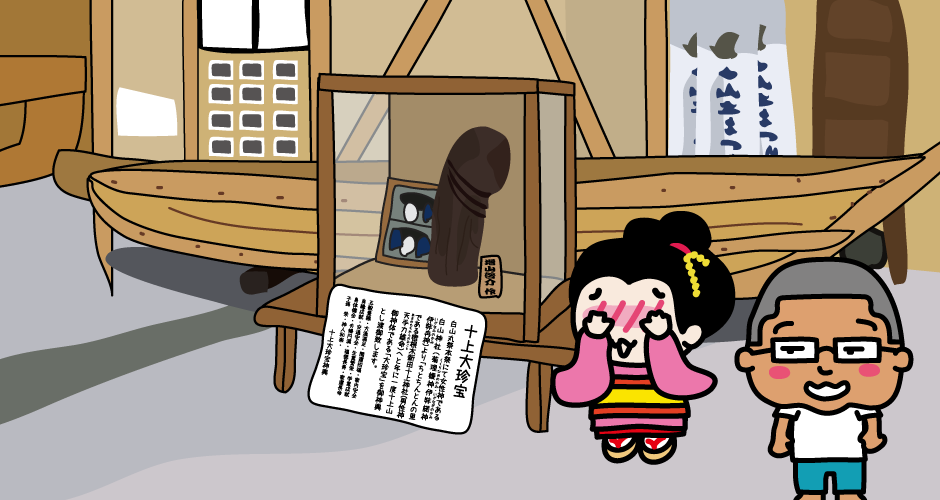
Next to Sengokubune “Hakusan Maru”, a miniature mode of “Togami Daichinpou” which imitated a male organ is displayed. Daichinpou is goshintai, the object of worship believed to contain the spirit of deity, of the foot of Togami. In the “Hakusan Maru Festival”, people carries huge goshintai on their shoulders and “Daichinpou Mikoshi” will be held.
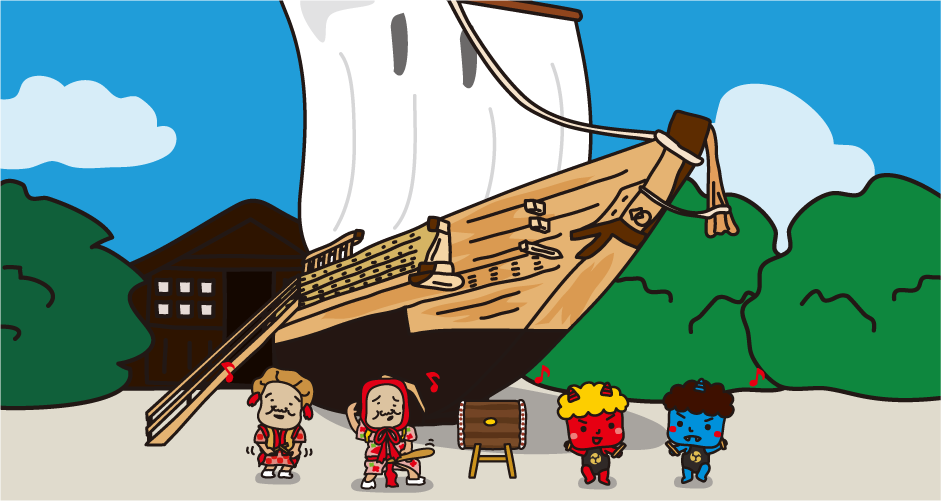
“Hakusan Maru Festival” will be held every Saturday and Sunday on the last week of July. A lot of people such as residents and tourists and pull Sengokubune by manpower. They unfurl the sails with the size of 160 tatami mats and exhibit it. If you are interested, you can also experience hoisting a sail. On the day of “Hakusan Maru Festival”, in addition to traditional performing arts “Chitochinton” and “Ondeko (The drum of demon)”, “Daichinnpou Mikoshi” will also be held.
※ Since 2018, the schedule of Hakusan Maru Festival have not been decided yet.

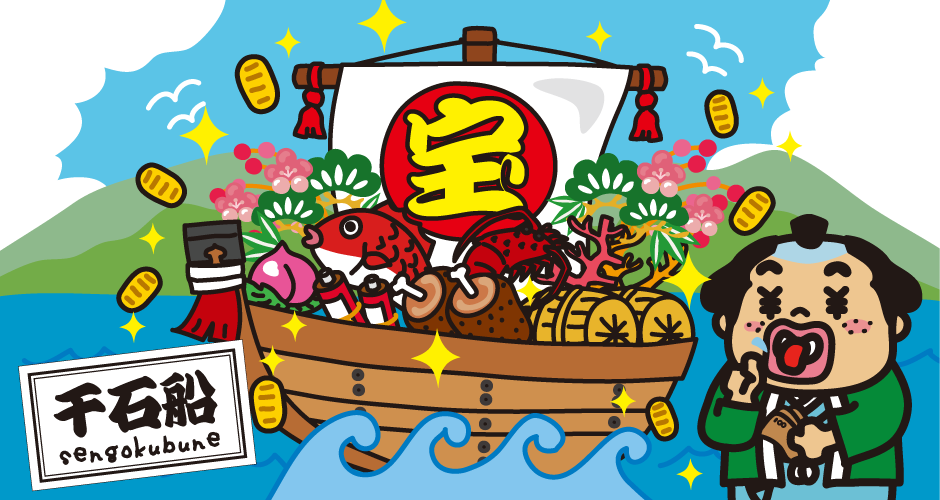


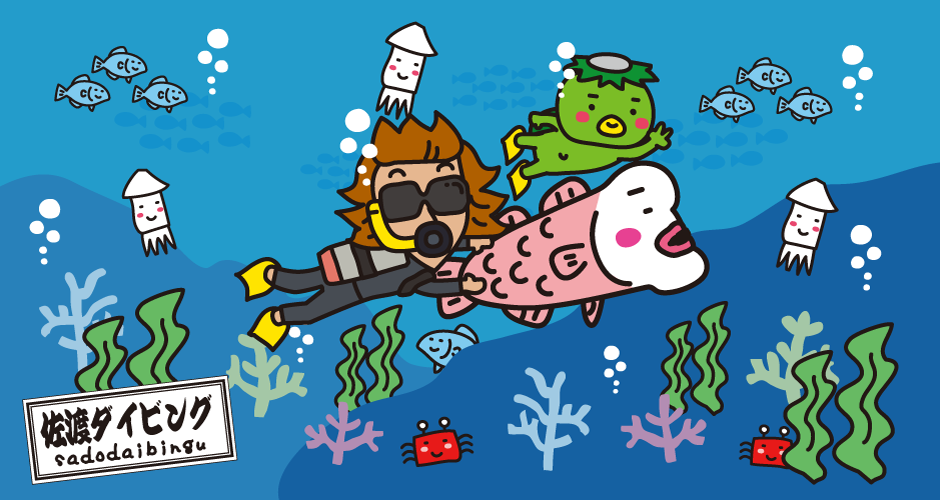
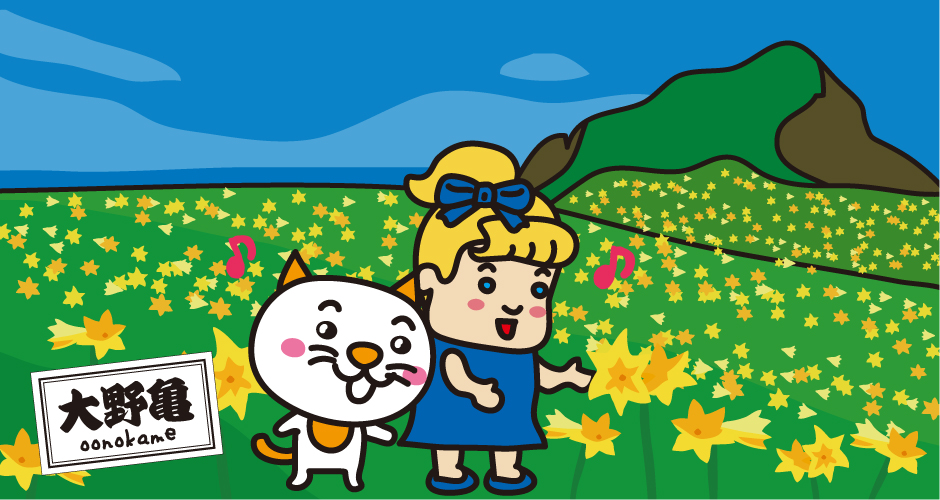
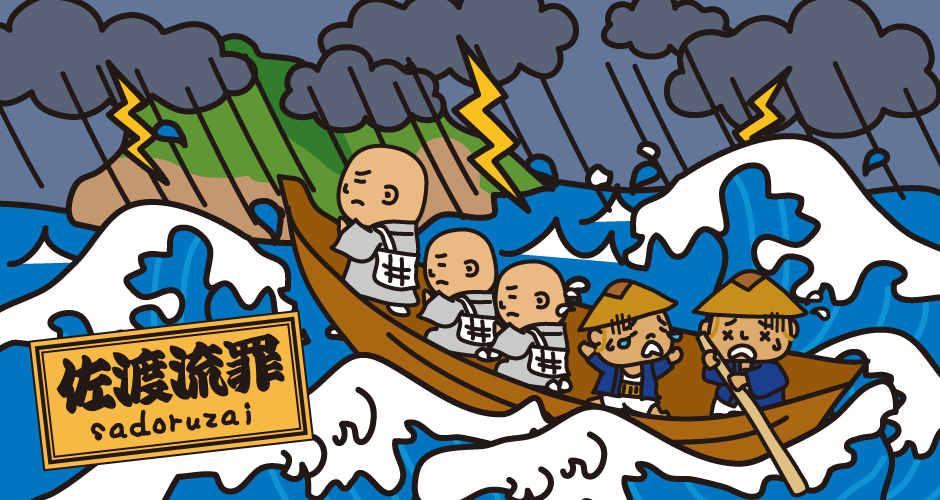
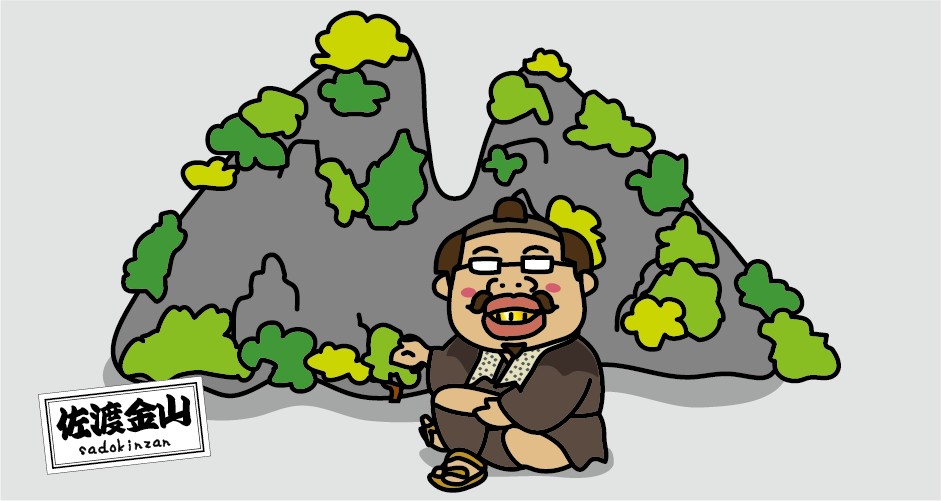
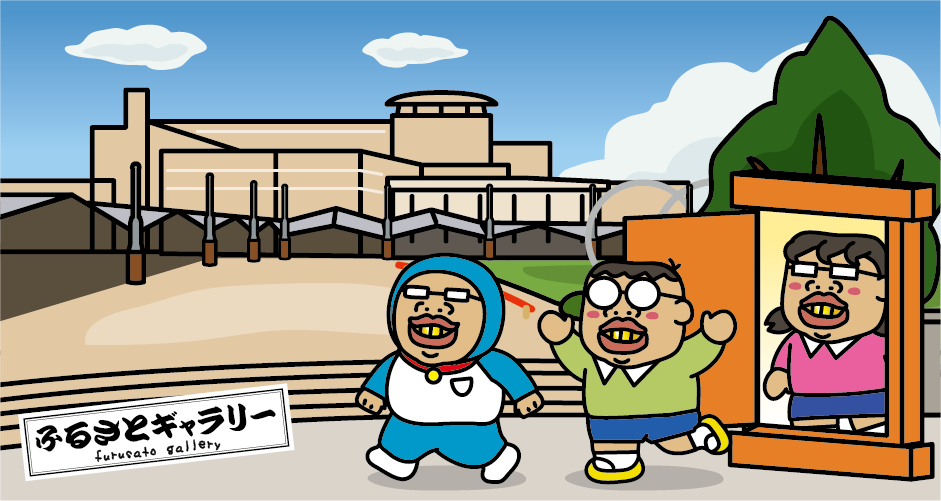
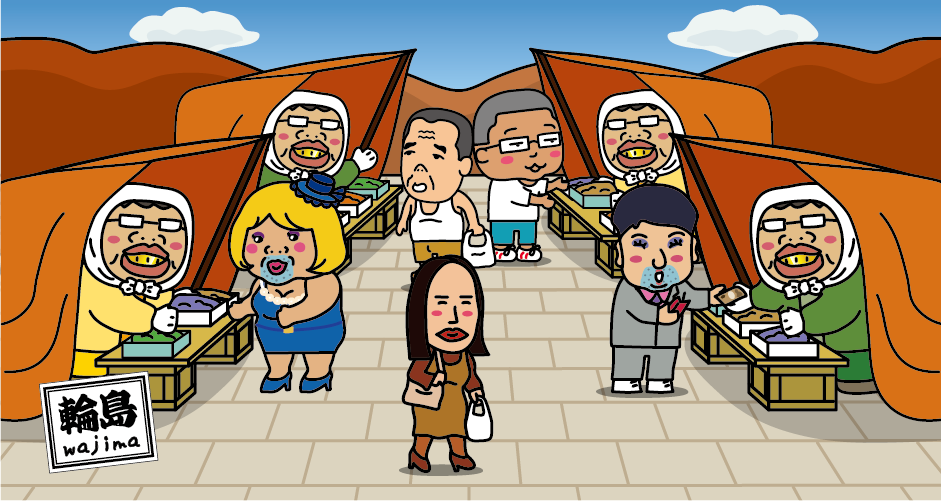

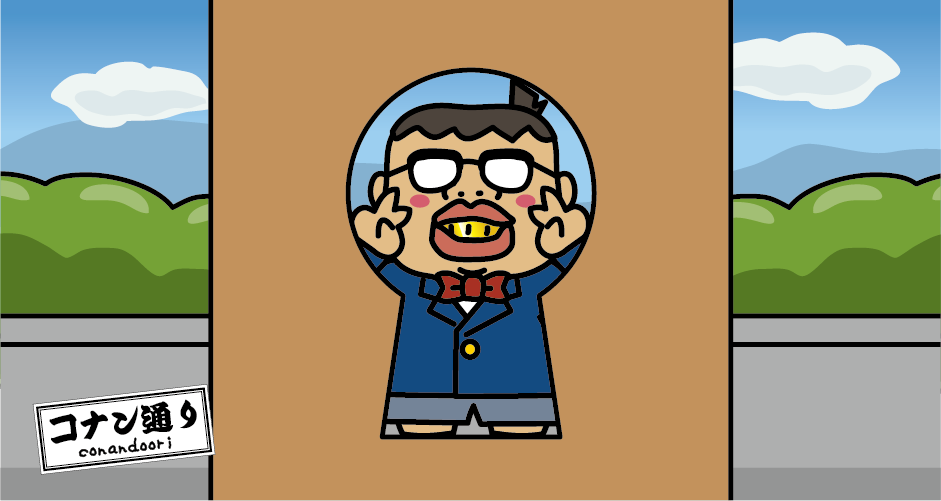
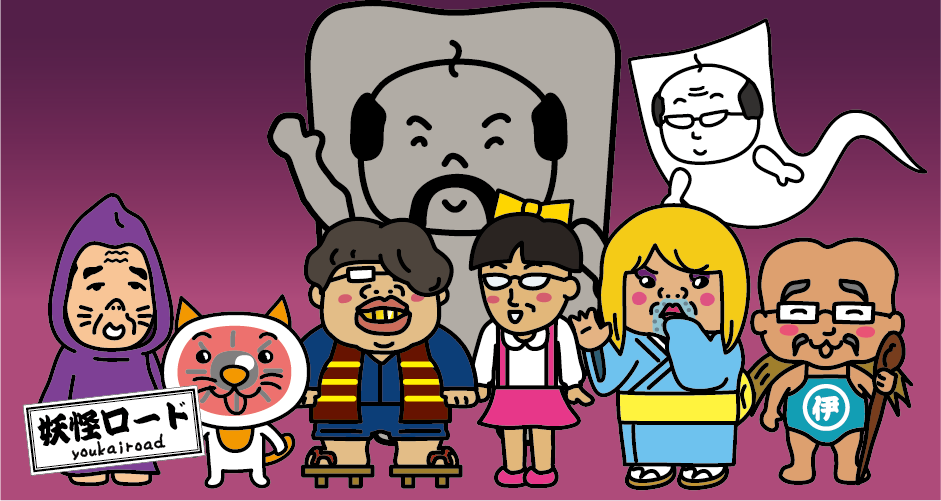

You need to login to comment on an article.